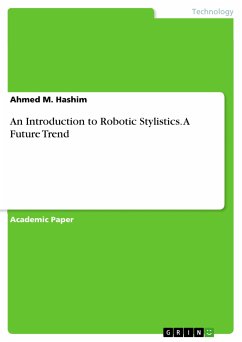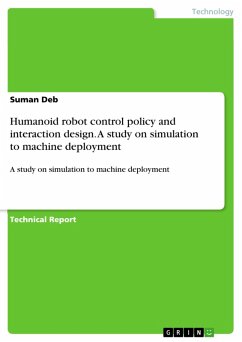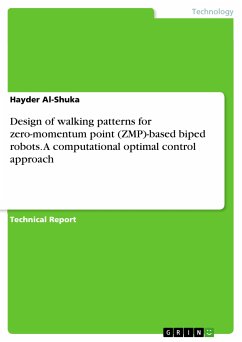Scientific Study from the year 2020 in the subject Engineering - Robotics, University of Baghdad (University of Baghdad, Department of Aeronautical Engineering, Baghdad, Iraq), language: English, abstract: This paper is concerned with summarizing the categories of impedance control showing the feature and the limitations of each category. Much attention is paid to variable impedance control considering the possible control schemes, performance, the stability, the integration of constant/variable compliant elements with the host robots, etc. For a long time, the robotics community concentrated on improving the performance of the robotic systems in free space. The advanced control strategies for position control could not be sufficient to stabilize the motion of robots in constrained spaces. In general, there are two categories of force control schemes with miscellaneous subdivisions: hybrid position-force control and impedance control. The former is well suitable for well-known interaction environment, however, it does not consider the dynamic interaction between robot end-effector and the environment. In contrast, impedance control includes regulation and stabilization of robot motion via creating a mathematical relationship between the interaction forces and the reference trajectories. In general, a mass-spring-damper impedance filter is used for stabilization purposes. Tuning the parameters of the impedance filter is not trivial and may lead to unstable contact if an unsuitable strategy is used. The human, however, has amazing control systems with advanced biological actuators. He/she can manipulate the muscles stiffness to softly comply to the interaction forces. Accordingly, the parameters of the impedance filter should be time-varying rather than value-constant in order to meet the human behavior during interaction tasks.
Dieser Download kann aus rechtlichen Gründen nur mit Rechnungsadresse in A, B, BG, CY, CZ, D, DK, EW, E, FIN, F, GR, HR, H, IRL, I, LT, L, LR, M, NL, PL, P, R, S, SLO, SK ausgeliefert werden.









